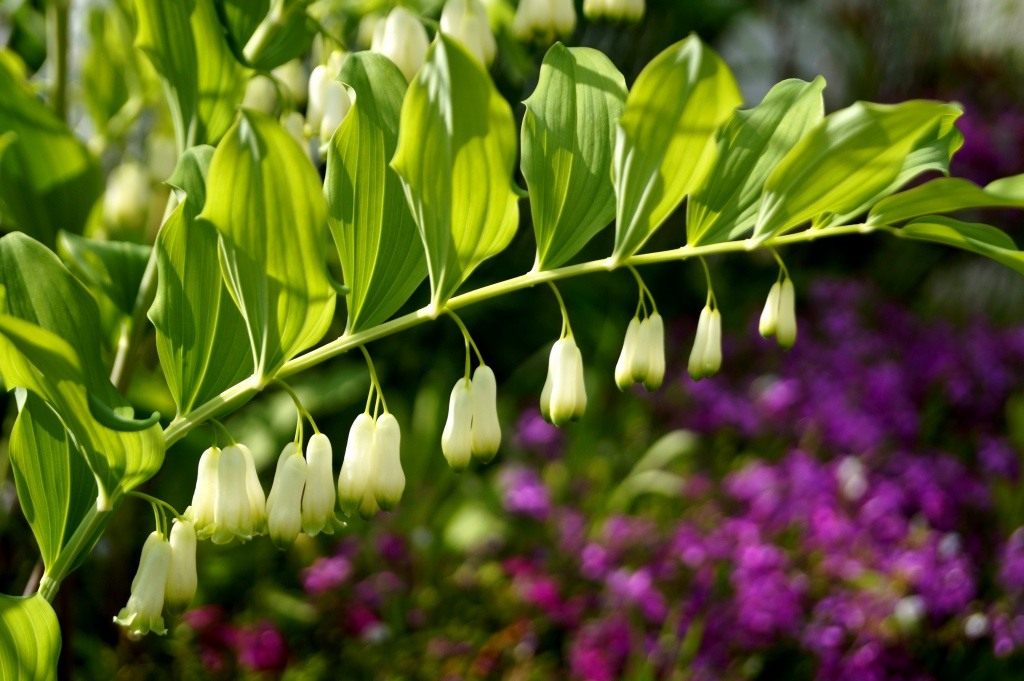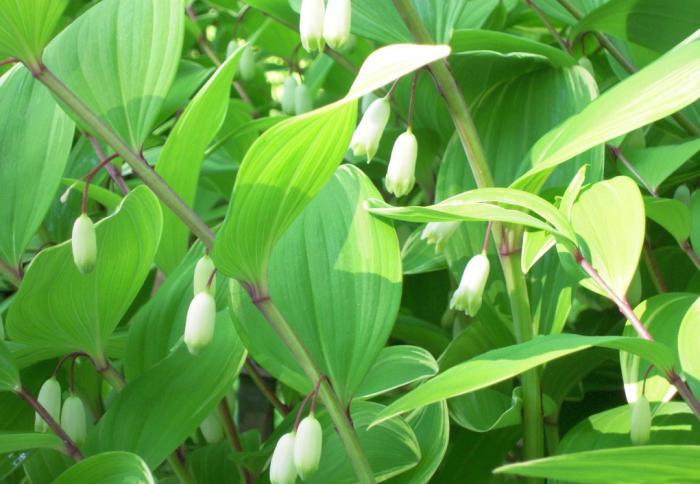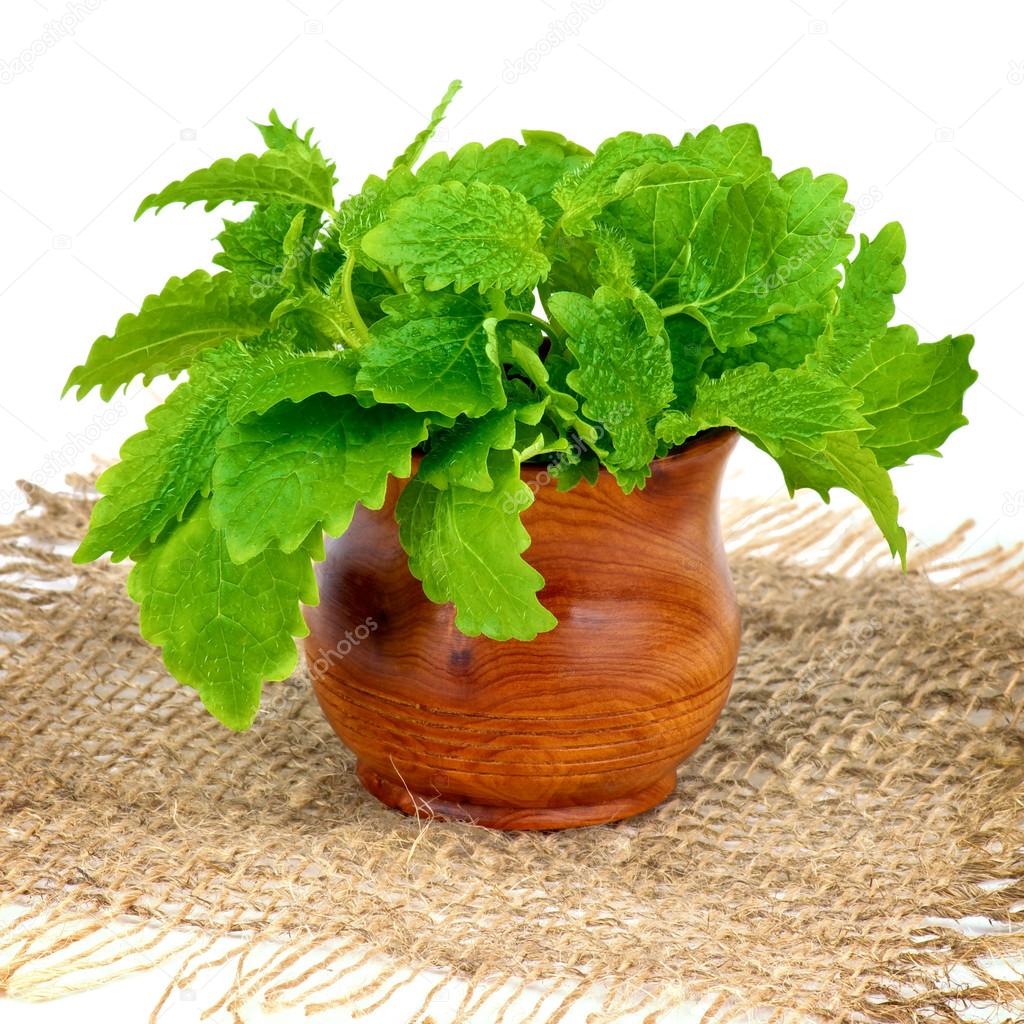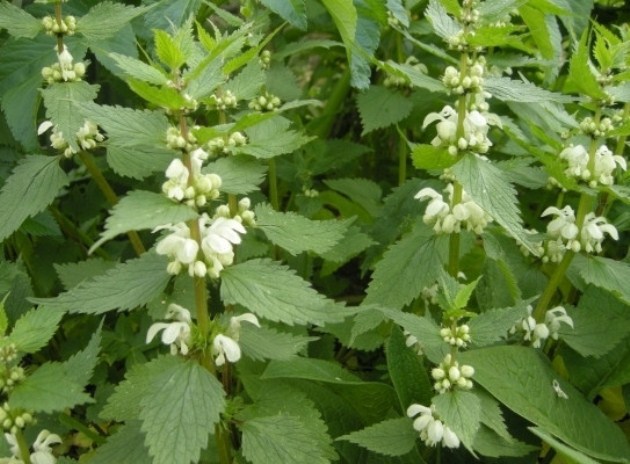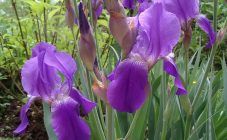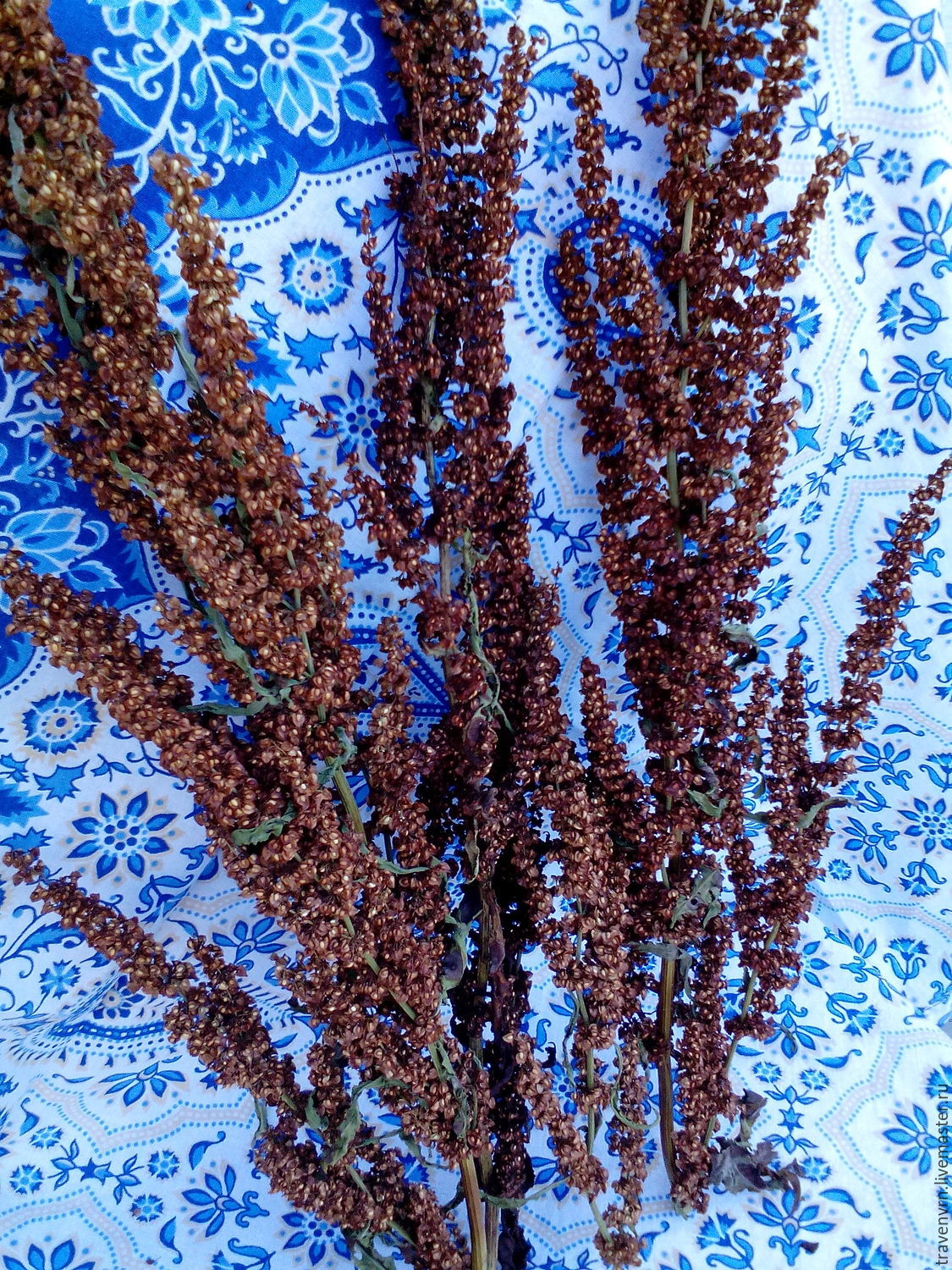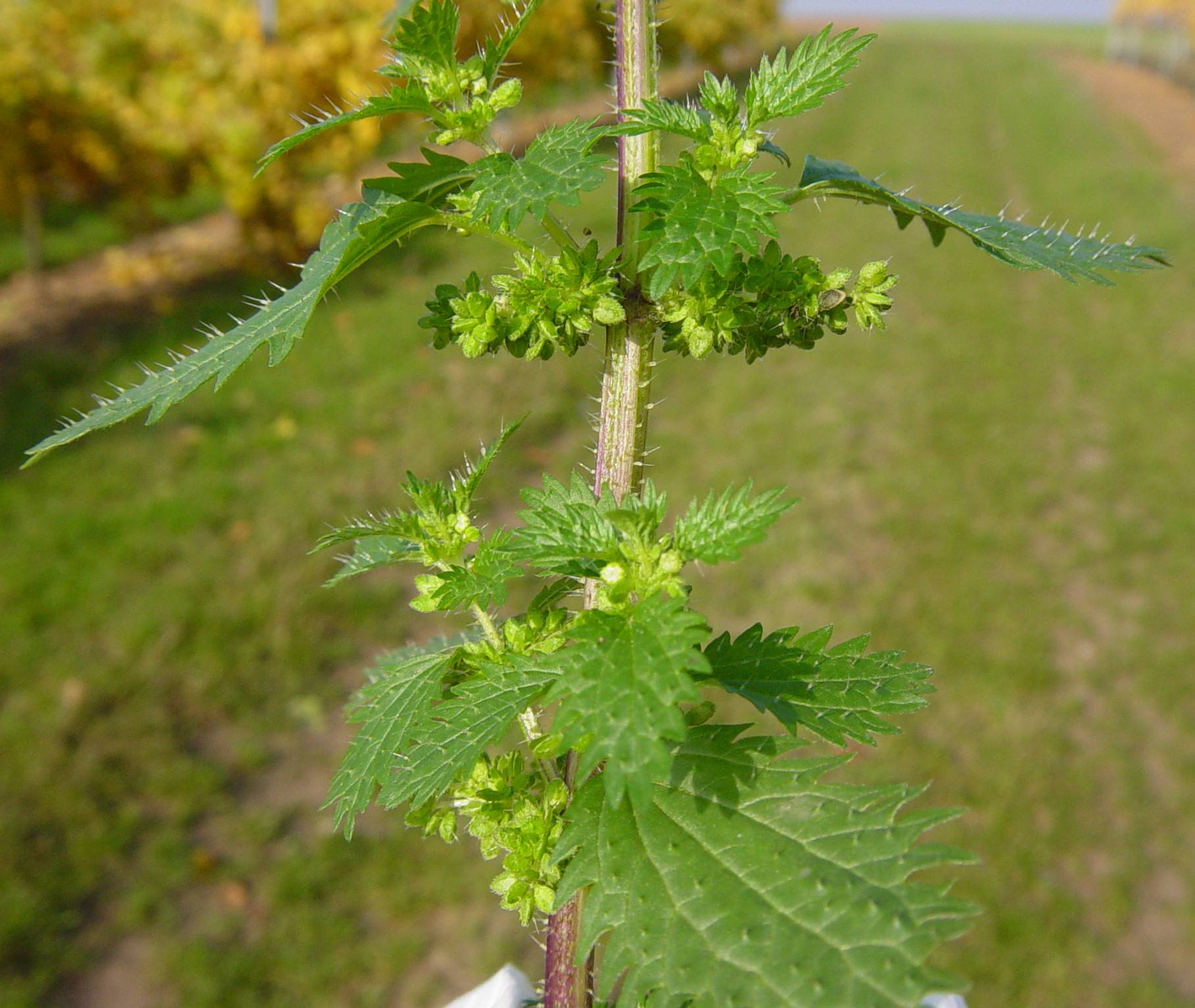Content:
Kupena is a typical forest flower from the Liliaceae family, Monocotyledonous class. There are more than 50 types of kupins, of which medicinal, fragrant and multi-flowered are the most common.
Description of the plant
Kupena is met in glades, meadows, forest edges, in forest and forest-steppe zones. Distantly resembles a lily of the valley. It is especially easy to confuse it by looking at the bell flowers. However, lily of the valley has short and straight stems, while Kupena has long stems. In addition, the lily of the valley has large leaves.
Kupena is a forest plant. In Russia, it is found in the forests of the Caucasus, the Far East, Siberia. It can be found in the Moscow region. Grows in coniferous, mixed and deciduous forests, among thickets of bushes, on moist soils.
Kupena is used for medicinal purposes. Grass and rhizomes are used. Grass harvesting time is May or June (that is, during flowering). Rhizomes are dug up in the fall.
The composition of the rhizomes:
- slime;
- starch;
- vitamin C;
- alkaloids;
- glucose;
- fructose;
- cardiac glycosides.
Medical use
Pharmacognosy (action plants):
- anti-inflammatory;
- hemostatic;
- pain reliever;
- antipyretic;
- enveloping;
- diuretic.
Preparations from this plant reduce the rhythm of heart contractions, increase the amplitude. They are very toxic, therefore they are used in folk medicine as an external remedy. The roots are used in oncology to treat tumors.
Roots are used for:
- diseases of the common cold;
- pain in the lower back with radiculitis;
- hemorrhoids;
- dropsy;
- hernia;
- diabetes.
A decoction of the root or a tincture prepared in alcohol is used for inflammation of the bronchi, lungs, stomach ulcers or duodenal ulcers, headaches, heart diseases. In some regions, decoctions from this plant are used for scabs and pimples, abrasions, bruises and pains.
Plant characteristic
This plant is characterized by a powerful, knobby, horizontal rhizome, arcuate roots. The rhizome is very thick and gnarled. It can live for several years. In winter, only the stem and leaves die off. It is characteristic that the rhizome is located horizontally in the depth of the soil. With the onset of spring, several fresh shoots grow from it.
The height of the stem is up to about 60 cm. At the top, it is arcuate, knotty, with edges. Every year, the stem leaves a scar on the rhizome, like an imprint of a signet.
The leaves of this plant are facing only one direction. They are placed alternately. The shape is oblong-oval, ovoid. Leaves are sessile, glabrous or slightly pubescent. Above they have a light green tint, from below it changes to blue-green. Leaf venation is longitudinal-arc.
The flowers of this plant are white, naked, drooping. They are tubular-bell-shaped. The corolla is fused, six-toothed. Blooms during May - June.
The fruit is a bluish-black berry, poisonous.
The use of the purchased medicinal
In folk medicine, decoctions are used, tinctures are bought. It is used for:
- prostate adenoma;
- mastopathy in women;
- myoma and fibroma of the uterus.
For these diseases, it is enough to use 10 drops of tincture every day after breakfast. Alcohol tincture is used for pain relief in sciatica, gout, rheumatism.
Leaves, berries are used for bathing after the birth of a child.
The herb infusion is used as an antipyretic agent for bronchitis and a diuretic for renal pathologies.
Fresh leaves are used to treat wounds, panaritium, erysipelas. Leaves scalded with boiling water are useful for poultices of bruised areas.
Buy root
Cupena root healing properties are most widespread in the treatment of many diseases:
- Powdered root of this plant is used for fractures, animal bites and aches caused by rheumatism. This powder is applied to the sore spot.
- A decoction from the root is used to treat hemorrhoids (added to sitz baths).
- The infusion from the underground part is used to prevent skin darkening from sunburn. In the old days, this remedy was used by girls to preserve ruddy skin.
- A decoction of the root is used for edema, pain.
- Alcohol tincture of the rhizomes of this plant is used to treat stomach diseases.
- For the treatment of burns, herbalists used root parts, which were “baked” in ash before.
- Juice from fresh rhizomes is used to remove freckles (it is used pointwise).
Kupena rhizome preparations are prepared as follows:
- To obtain a decoction, 1 tsp. crushed raw materials are poured with a glass of boiling water, insisted on a water bath, cooled and filtered. It should be taken in a tablespoon three times a day.
- A decoction in milk is prepared by placing 50 g of crushed rhizomes in 3 cups of the product in a clay pot. Next, you need to evaporate this mixture until a third of its original volume remains. Then strain it while hot. Drink with a hernia 1 or 2 tablespoons. three times a day.
- A tablespoon of fresh rhizomes is poured into 500 ml of boiling water, heated for several minutes and, wrapped up, kept for 3 hours. Then strain this broth and drink 2 tablespoons each. for rheumatic pains, hemorrhoids. The same decoction is used to treat bruises, abrasions, pustules and other skin pathologies.
Collection and storage rules
Collecting the roots should begin when the aboveground part dies off. They must be dug out very carefully. The rhizome is dried in a warm room until completely dry. Raw materials should be kept separate from other plants.
When collecting rhizomes and bulbs, do not touch the rhizomes with bare hands. Eating is prohibited.
Flowers should be picked at the beginning of their blooming. Pedicels are best cut with scissors. Dry them in the shade.
Pharmacy bought is a valuable medicine used to treat a large number of diseases. When using it, you must strictly adhere to the dosage. You need to collect and dry the plant, following all the recommendations. A drug purchased at a pharmacy should be used only as directed by a doctor.
